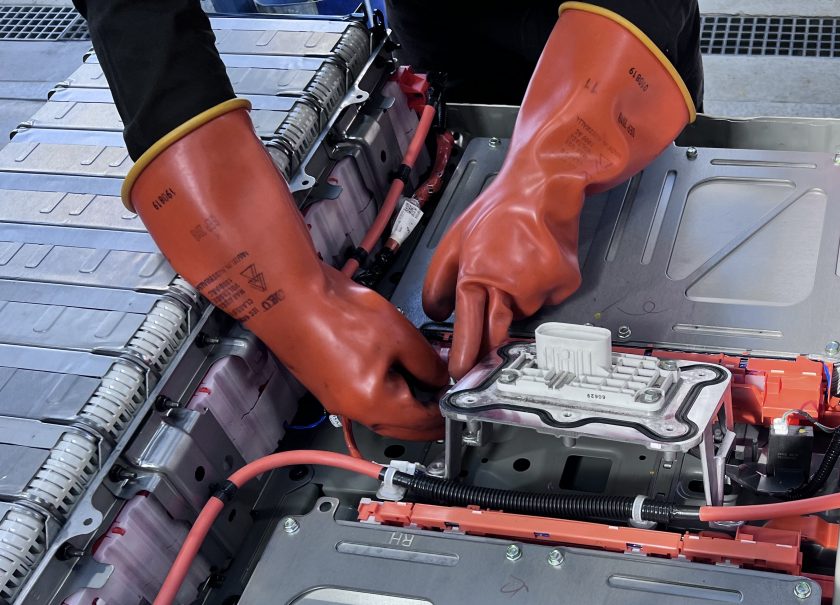
AAAA CEO Urges Governments To Do More To Ensure Consumers“First EV Purchase Is Not Their Last”
The Australian Automotive Aftermarket Association (AAAA) has always emphasised the need for service and repair workshops to be equipped ahead of mass adoption of Electric Vehicles (EVs) as part of the national EV transition framework.
Stuart Charity, CEO of the AAAA, was recently invited to contribute expert insights to the Commonwealth Parliamentary Inquiry on Electric Vehicle Transition. Representing the peak body for the automotive aftermarket industry, Charity highlighted the key issues making this transition harder including skills shortages and training availability, as well as the industry’s crucial role in maintaining the majority of private and fleet vehicles across the country through service, repair, modification and parts supply.
“We see a lot of financial support targeted to the purchase of EV’s and while this is important there is not enough thought to the ownership experience. Charging, service, repair, modification and parts supply are issues that owners will have for the life of the car and they can’t be an afterthought by government.”
“Our industry stands ready to contribute expertise and support to inform policies that promote sustainable EV adoption. The AAAA’s involvement in this Inquiry reflects our dedication to ensuring that the shift to EVs takes into account their entire lifecycle requirements, enabling a seamless transition and maintaining public trust in this technology,” said Stuart.
“A wholistic EV transition approach needs to be implemented to ensure that someone’s first EV purchase is not their last. The combination of Government policy and shifting consumer demand will result in a significant uptake in EV technology over the coming years and that presents both opportunities and challenges for the automotive aftermarket industry that must be factored into the transition.”
Research conducted by the AAAA indicates that 10% of aftermarket workshops are already marketing the expertise to service EVs, with an additional 24% planning to do so within the next two years, however, more needs to be done to support the transition.
“EV servicing requires a significant investment by workshop owners in tools, equipment and training. Given the small current car parc share of EV’s, combined with the lack of availability of training providers, this is creating a barrier for many workshops to invest in EV servicing, particularly in rural and regional areas where infrastructure and training accessibility remain limited.”
Although EVs have less parts than an ICE vehicle many of the systems and components on a vehicle are powertrain agnostic so they will still require regular maintenance and repair to ensure safety and reliability.
“While EV adoption is likely to increase significantly, it’s important to recognize that Australia’s vehicle fleet will continue to include a mix of hybrid, electric, petrol, and diesel vehicles for the foreseeable future. Of the twenty million vehicles on Australian roads, the average age of these vehicles is 11 years, and less than 2% of them electrified. Even the most optimistic projections show that we will have a blend of hybrid, electric, petrol and diesel vehicles on our roads for decades to come,” said Stuart.
The AAAA looks forward to continuing its collaboration with stakeholders across government, industry, and communities to facilitate a successful, balanced and sustainable transition to Electric Vehicles in Australia.
